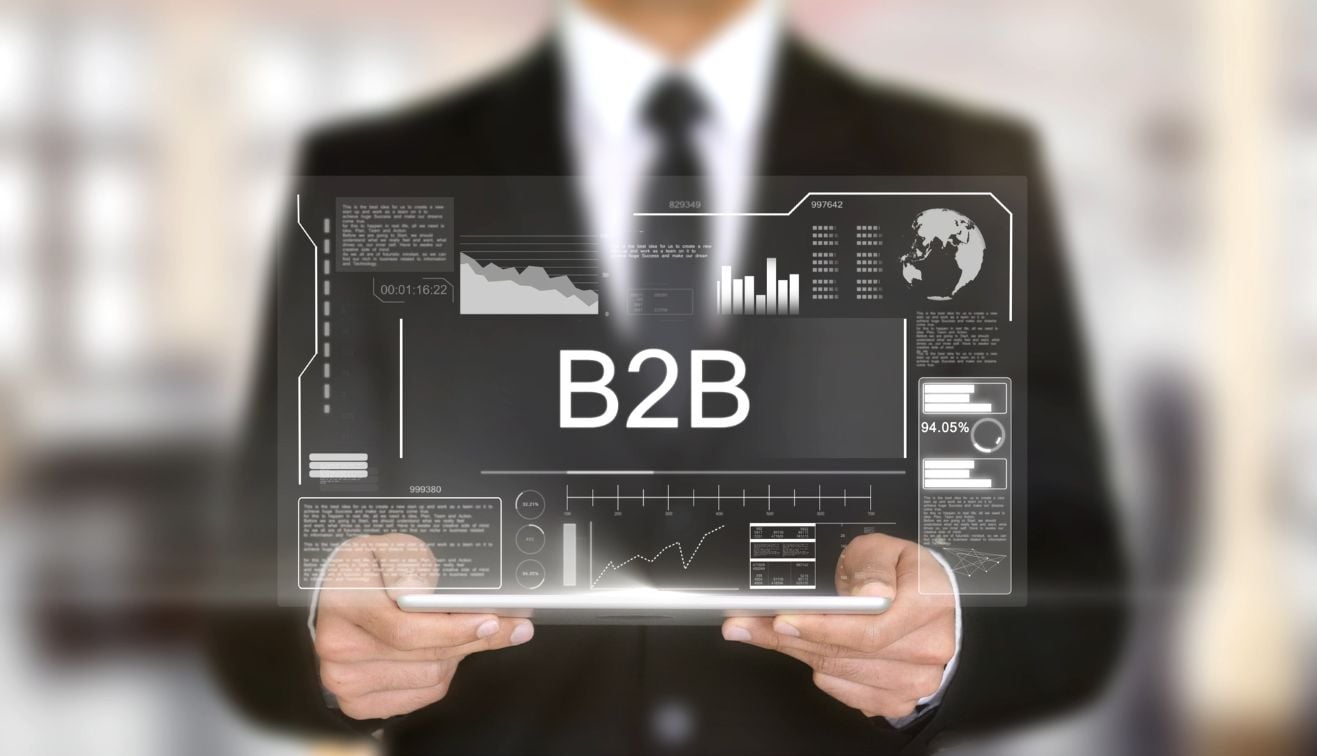In the current commerce market, customers are hungry about the product information when making buying decisions. Thus, it becomes important to provide a better and accurate product information to your customers. As a result, most retailers are looking forward improving their digital commerce resulting in better product content management.
When looking at the available options; Product Information Management (PIM) and Content Management System (CMS) are two great commerce tools. But which system will be best to manage your data.
Confused?
Anyways, you are on the right path by dedicating time to research and compare these tools. Here is a roadmap that delves into the comparison between ecommerce CMS and PIM systems, shedding light on what distinguishes these tools, and why incorporating both into your business strategy can prove advantageous.
What is PIM?
A Product Information Management (PIM) tool functions as the central repository for all your product data, acting as the definitive source for information. It serves as the designated space where you and your team can consolidate comprehensive details about your products, including descriptions, color choices, images, and more. This consolidated information is then prepared for use across various sales channels, be it your ecommerce Content Management System (CMS) or a third-party marketplace.
A robust PIM system goes a step further, enabling seamless transmission of this data from the PIM directly to the required sales channels.
Key Features of PIM:
Some of the key features of PIM are:
1. Data Centralization
To effectively manage your store operations, it is essential to monitor daily processes. However, overseeing all these processes within a limited time can become chaotic. A Product Information Management (PIM) solution offers a centralized database system that enhances efficiency in tracking these processes.
With a centralized database system, you can efficiently oversee various aspects, including:
• Adding product data
• Exporting product data
• Checking the status and overview of previously imported data
• Collaborating with team members
• Collaborating with retailers or vendors
The centralized database system not only ensures user-friendliness and time efficiency but also proves cost-effective. It consumes less power and requires minimal maintenance. Whether you have a multitude of products, stores, or channels, a PIM solution enables seamless management across all aspects of your business.
2. Flexibility
Surviving in an era marked by continuous change and advancements requires a flexible data structure. Businesses must adapt to evolving needs to remain competitive in the market.
PIM software plays a crucial role by providing a flexible data structure, enabling users to effectively navigate changing demands and market scenarios.
Additionally, a PIM solution incorporates a well-defined taxonomy that organizes product data, facilitating clear segregation in the product catalog. This organized structure not only streamlines access to product data but also reduces time consumption.
3. Easy Integration
As an eCommerce manager, the number of stores you can have on Shopify, and other eCommerce platforms, is quite extensive. The flexibility isn't limited to Shopify alone; you can manage multiple stores across various eCommerce platforms.
Therefore, there's no need to make a choice between channels and sites for marketing your products. Utilizing PIM software allows you to seamlessly integrate with multiple platforms and channels. Furthermore, you can effortlessly distribute your products across various stores and sites with just a single click.
4. Multiple language and currency support
As an entrepreneur with a global product reach, targeting diverse geographies entails dealing with various currencies and languages. A PIM solution provides the flexibility of establishing multiple stores in different languages and currencies.
With PIM, you can effectively manage stores in various languages and currencies, consolidating control over all aspects in a centralized platform.
5. Workflow Management & Approval Processes
Efficient organization and accurate management of data are vital aspects of PIM workflow management. This feature assigns specific orders to tasks, and a well-defined approval process is crucial to maintain data accuracy and consistency.
The benefits of PIM workflow management and approval process include:
• Organizing data effectively
• Facilitating collaboration
• Boosting productivity
• Eliminating inaccuracies
• Saving time
• Notifying about missing data
• Ensuring brand protection
• Accelerating product launches
6. Data Enrichment & Quality Control
Among the various features offered by PIM, this one plays a crucial role in enhancing and sustaining the quality of product data. In instances where your product data is incomplete, PIM can address these gaps by leveraging existing data sets, whether internal or external.
Automation and improvement of data quality are key objectives achieved through a PIM system. An effective PIM should encompass features to safeguard data quality, including rules for attribute and workflow validation, version control, and reporting capabilities.
What is CMS?
As per Gartner, content management systems encompass a collection of templates, procedures, and standardized software formats. These tools empower retailers to create and oversee textual content, graphics, images, audio, and video for their commerce stack.
These elements are utilized in various digital contexts, including web landing pages, blogs, document repositories, campaigns, or any marketing initiative that demands single or multimedia content.
The ecommerce CMS has evolved considerably. Initially designed for straightforward content management, it now plays a pivotal role in the implementation of digital experience strategies.
Key Features of CMS:
Some of the key features of eCommerce CMS are:
1. Multichannel Scalability
Efficiently delivering content to numerous channels, devices, and interfaces can be a demanding task, but with a headless CMS, the process becomes streamlined. In headless commerce, content is detached from its presentation, allowing it to be created once and then seamlessly rendered on any device or channel.
Some CMSs enable you to generate content once and distribute it across various channels, while others simplify the addition of new channels by effortlessly loading existing content onto them. If your organization aims to connect with customers across diverse digital channels, prioritizing features that enhance multichannel scalability is a strategic decision.
2. Integration of Content & Commerce
As customer expectations for online experiences continue to rise, incorporating engaging content has become nearly indispensable for successful e-commerce. If you are seeking a CMS that caters to both e-commerce and digital marketing needs, it's essential to consider a set of specific features. A unified, single-pane-of-glass interface is instrumental in consolidating various data sources into one centralized location.
Furthermore, features such as flexible and seamless inventory management, automated next-step processes, and smooth integration with payment, shipping, and tax providers contribute to creating a straightforward shopping experience for your customers.
3. Security
Consider this scenario: after putting in extensive effort to fine-tune your digital strategy and cultivate personalized relationships with your customers, you wake up one day to find that a security breach has occurred. Safeguarding both your data and your customers’ data is crucial for maintaining trust in the products and services you provide.
A CMS must seamlessly integrate with robust authentication mechanisms, enhancing security measures to thwart unauthorized access to sensitive information. It's imperative to ensure that your CMS effectively integrates with your chosen enterprise security provider or third-party authentication systems.
4. Well-Structured & Organized
Consider your CMS as a lasting investment. Ensure its scalability to evolve alongside your business. Certain CMSs provide greater flexibility, offering an extensive array of APIs that empower you to leverage your content across diverse channels and devices.
Typically, you have the option to either run your CMS from your own servers or opt for cloud hosting. A cloud-hosted CMS can expedite your time to market and provide the agility needed to adeptly manage traffic spikes and changing demand, offering advantages that might be harder to achieve through other means.
5. Well-Optimized
In the highly competitive market, if you want that your content reaches your audience fast, you must optimize your CMS. Ensure that it is well-optimized as per search engines, so that your website visibility appears better.
A well optimized content management system provides you with full flexibility to optimize your content, blogs, and website as per your need.
PIM vs CMS: Exploring the Differences
| Key Aspects | PIM | CMS |
| Operations | Businesses with large catalog can enhance their product listing and optimize e-commerce operations. | Websites, online stores can manage and publish their content seamless. |
| Data Management | PIM helps in centralizing product data like specs, pricing, and images. | CMS helps in centralizing web content, visuals, multimedia for websites, blogs, and other digital platforms. |
| Multichannel Marketing | PIM supports distribution of product information, across various sales channel. | CMS supports distribution of content for various campaigns, SEO, and social media platforms. |
| Data Enrichment | Facilitates the enhancement of product information by incorporating attributes, classifications, and translations tailored for global markets. | Centers around the development of compelling and visually captivating content, encompassing articles, images, and videos. |
| Workflow Management | Provides collaborative workflow tools for teams managing product data. | Supplies role-specific permissions and structured workflows for the creation, review, and approval of content. |
| Architecture | Prioritizes backend operations to guarantee data quality and efficient distribution. | Emphasizes user experience with a frontend-centric approach. |
| Integration | It can be integrated with various ecommerce platforms for seamless product information. | It offers integration with various ecommerce tools but only for content focused. |
| Analytics & Insights | It provides you analytics and insights for product performance, sales, and reporting capabilities. | It helps you track website traffic, analytics, performance, engagement metrices, content views and many more. |
| User Access Control | Enforces role-based access control measures to safeguard data integrity and uphold regulatory compliance. | Furnishes user roles and permissions for overseeing access to and editing of content. |


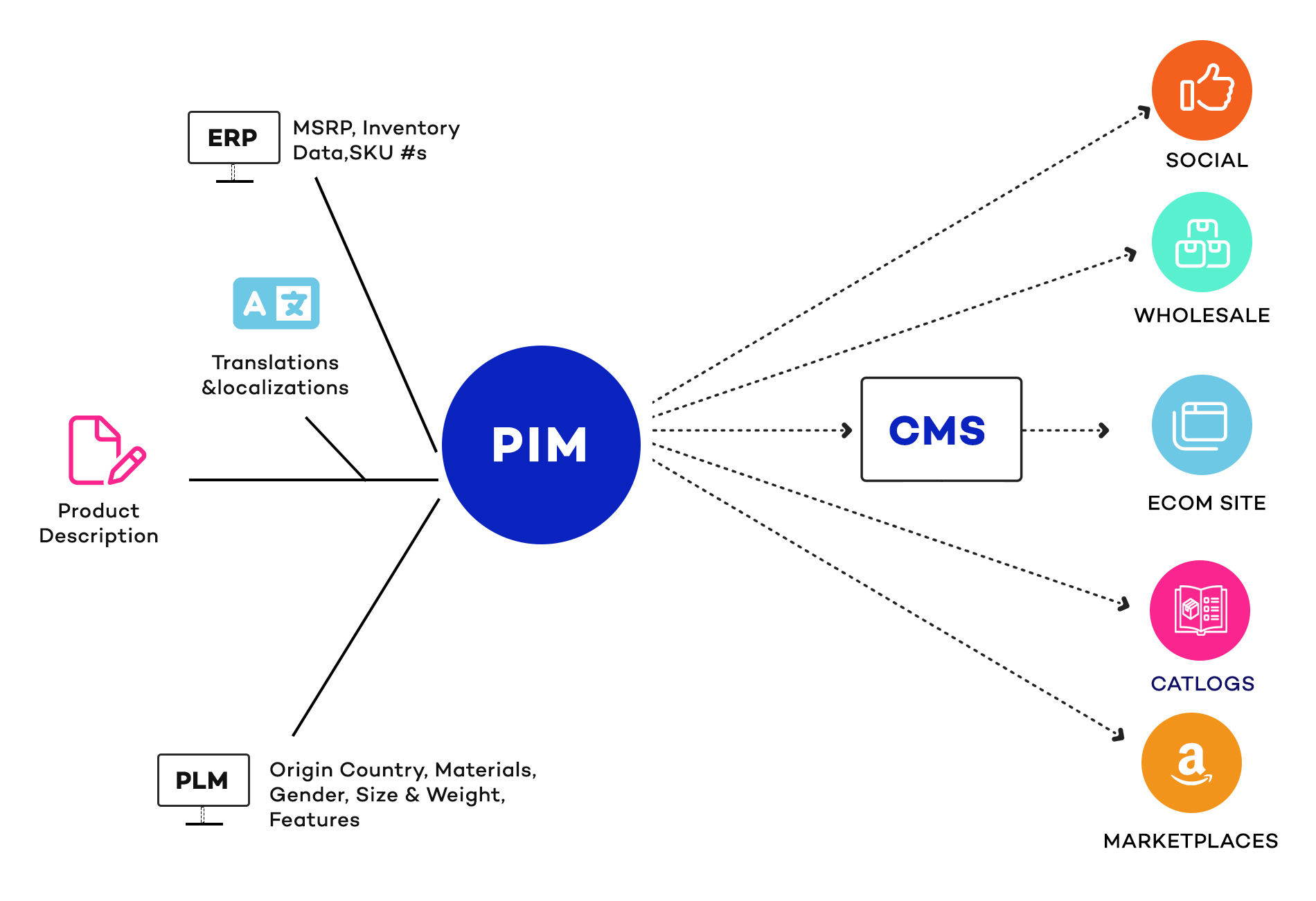



























































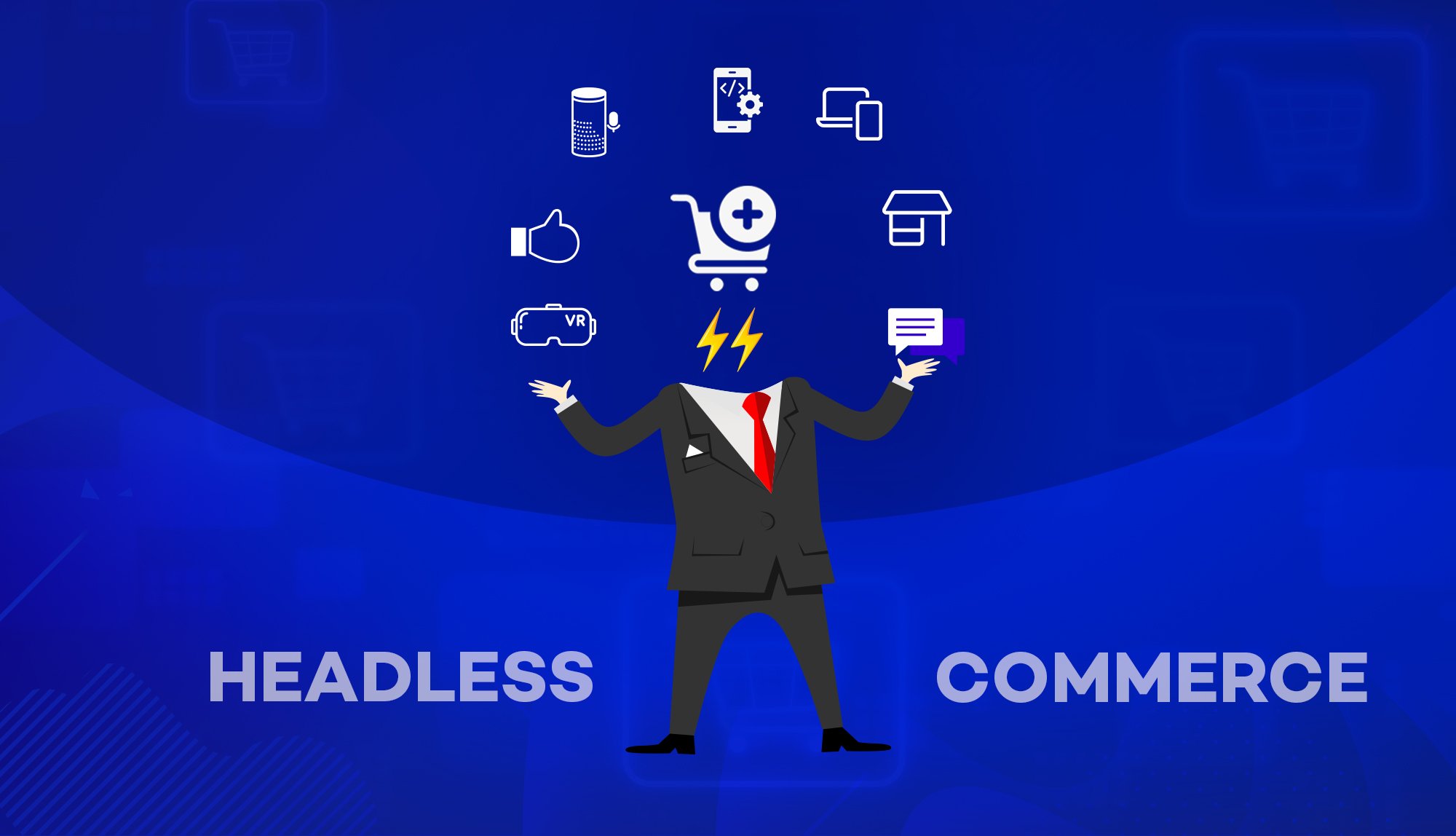
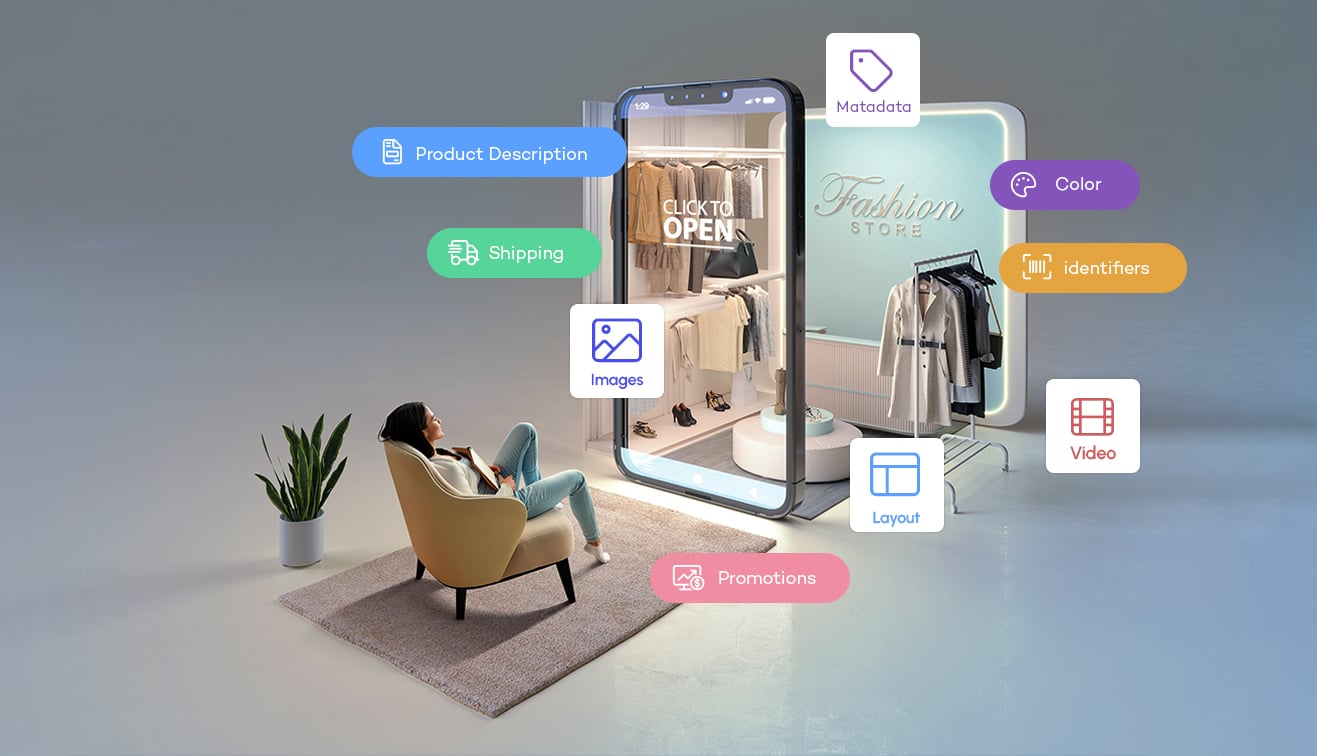



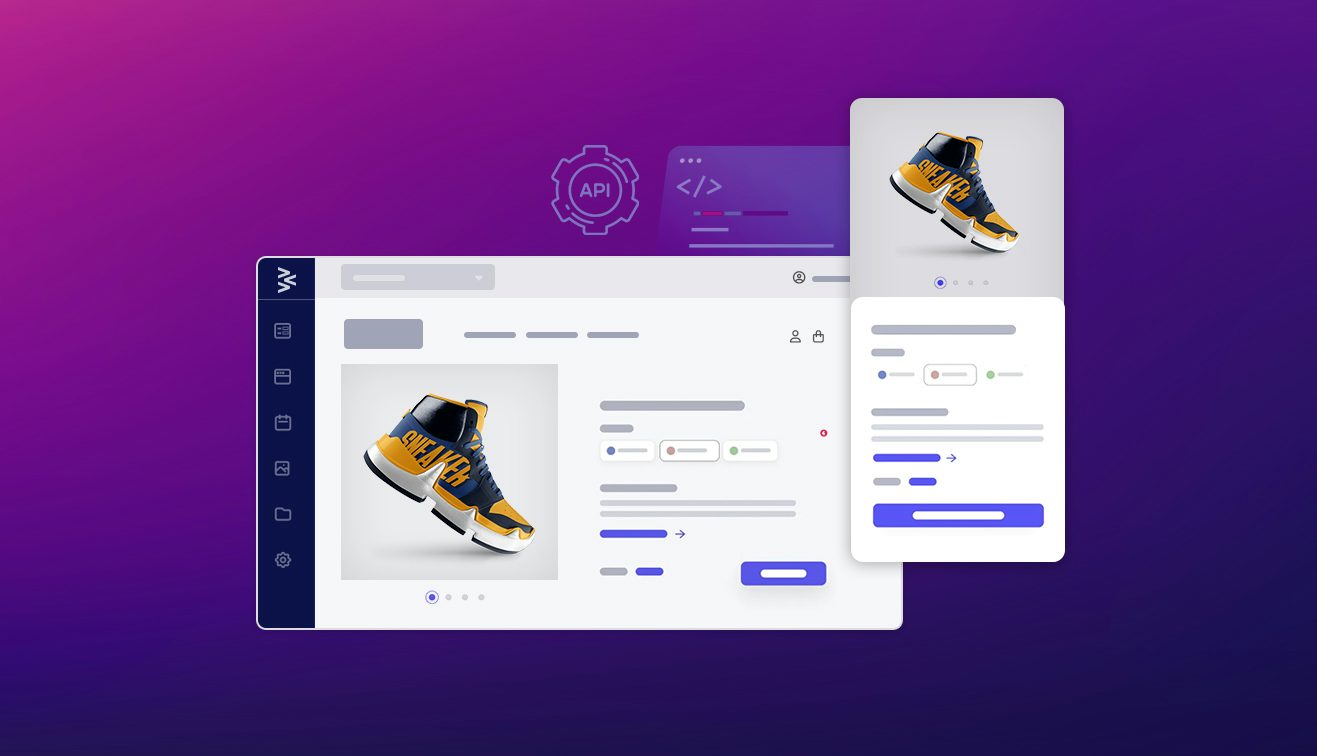

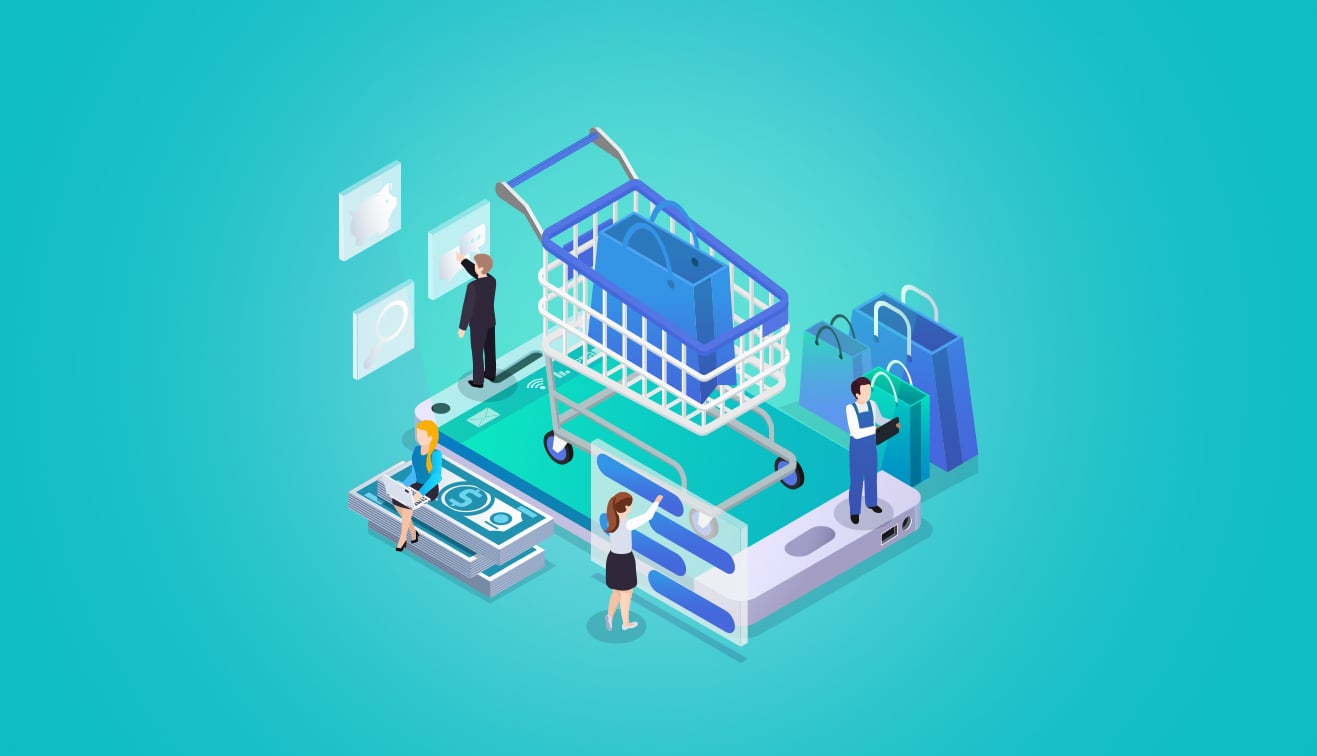
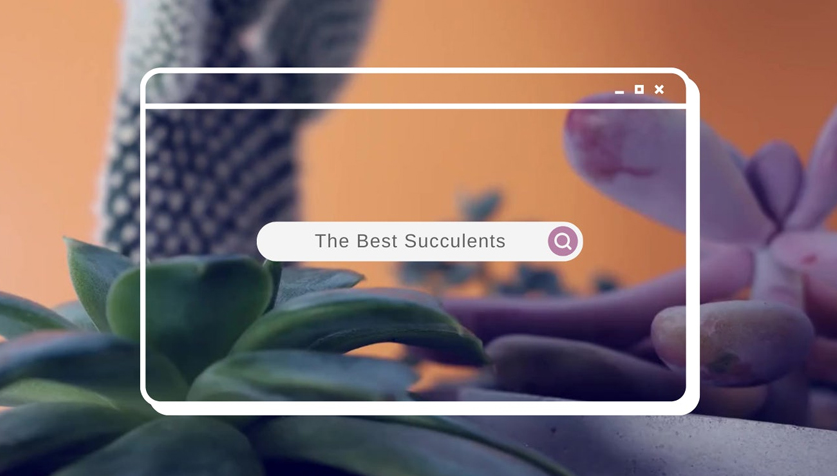
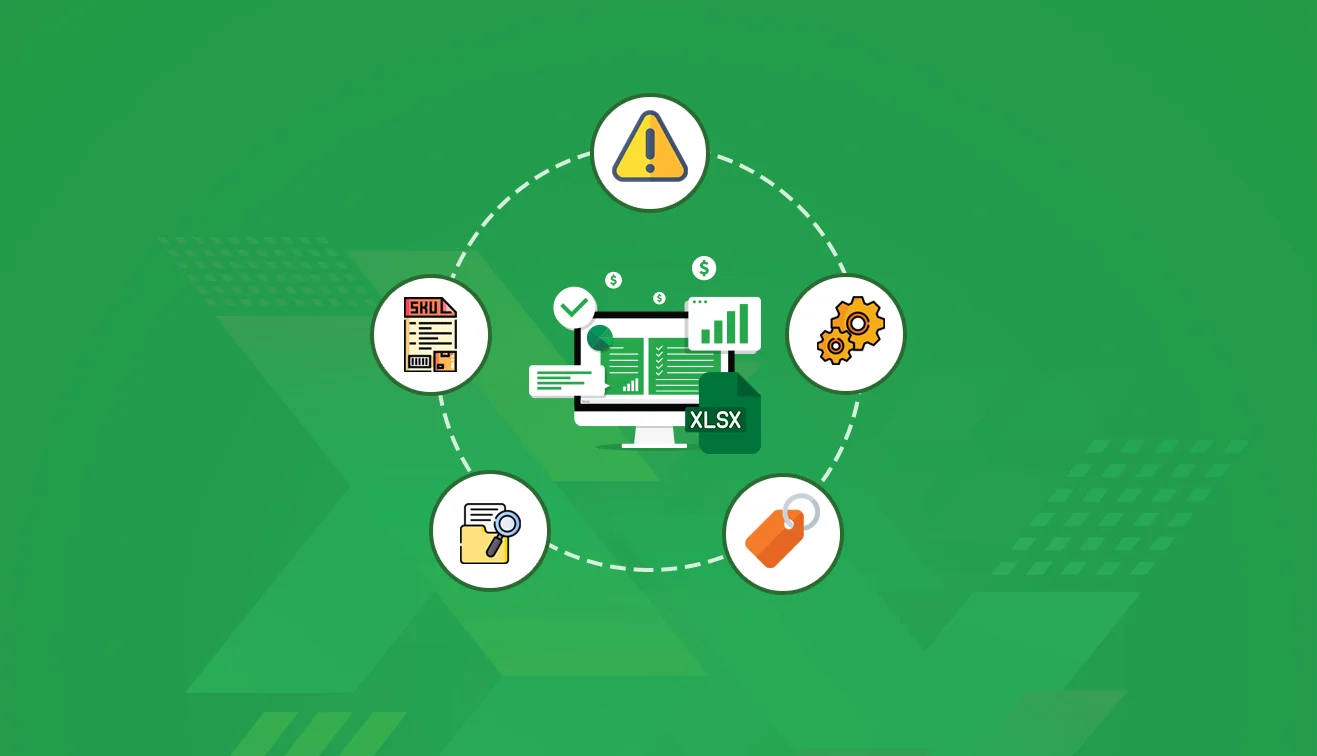

.jpg?w=3840&q=75)
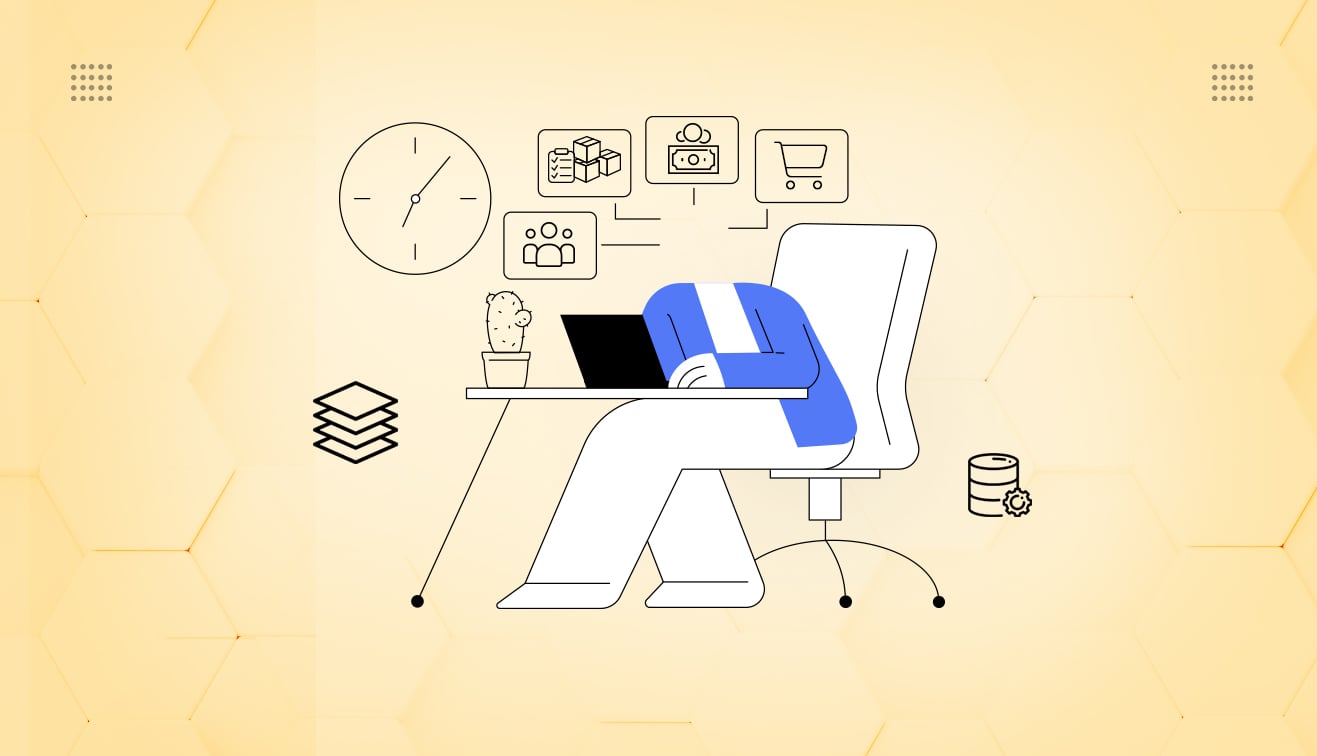

.png?w=3840&q=75)

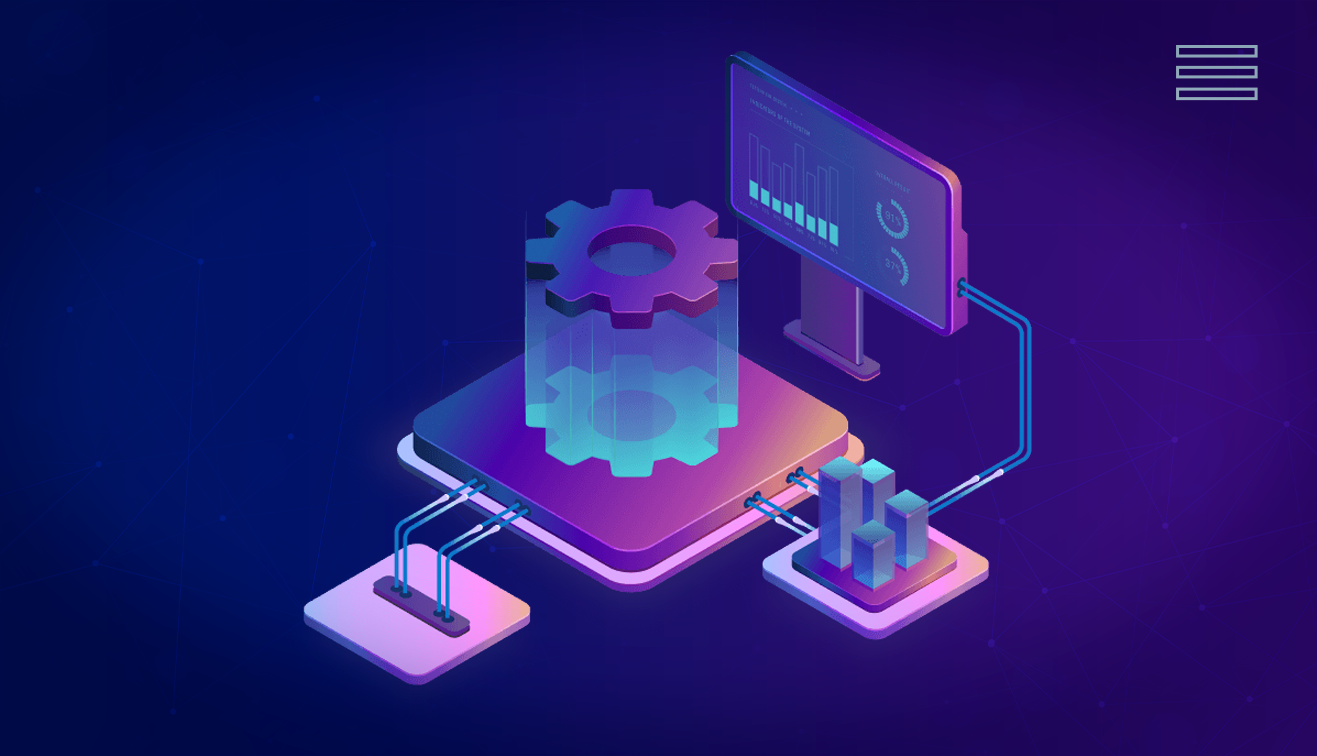

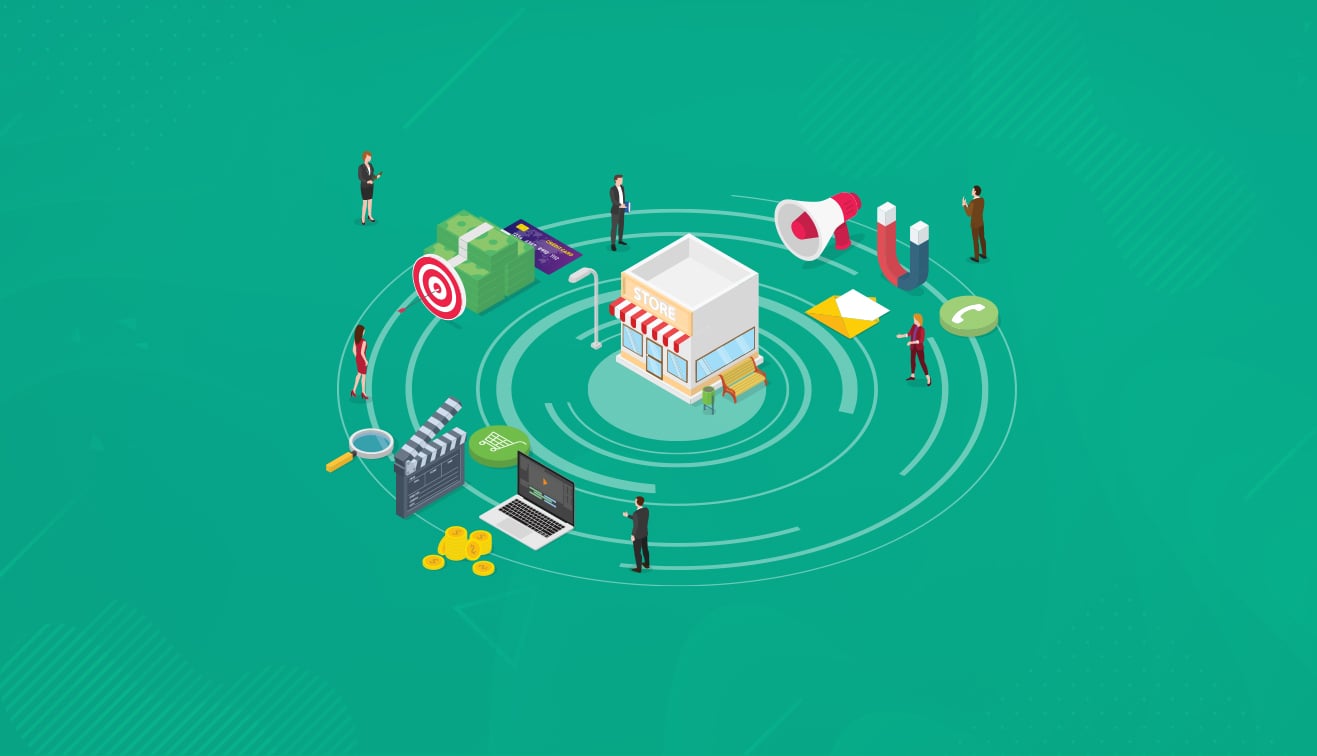
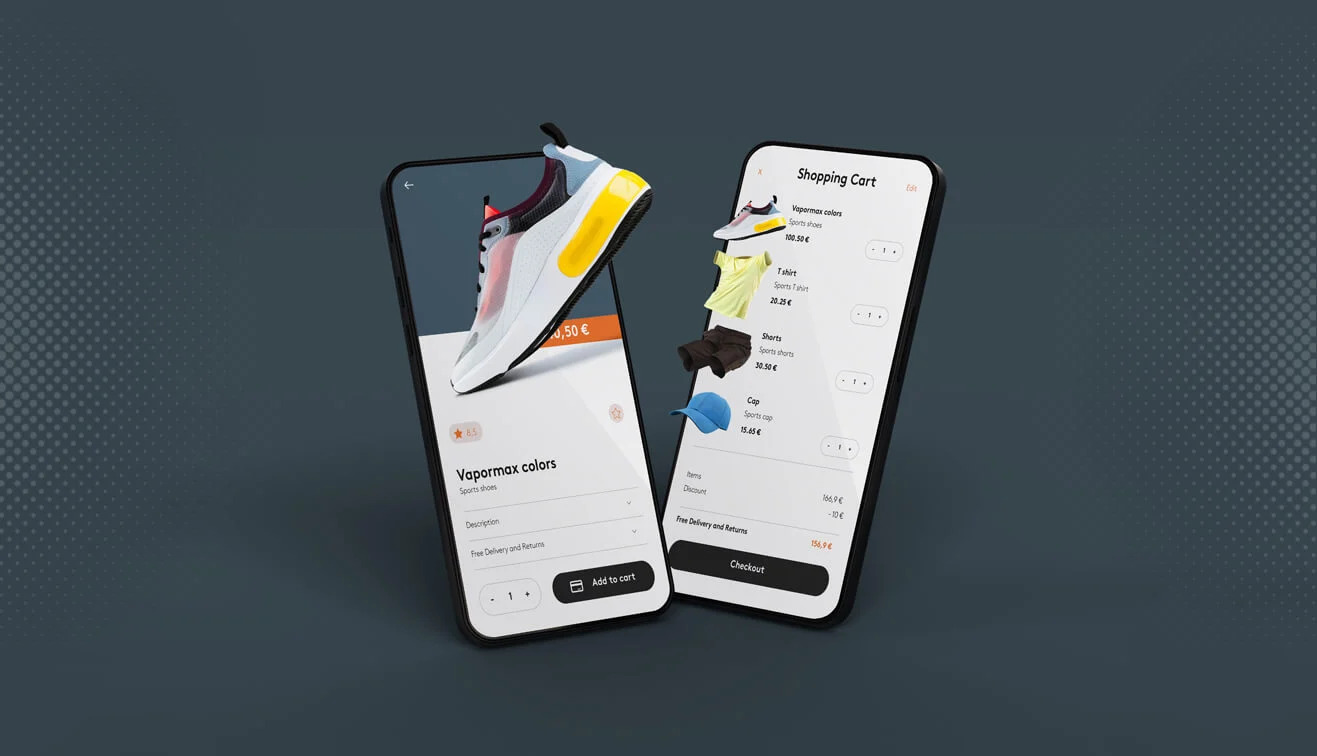

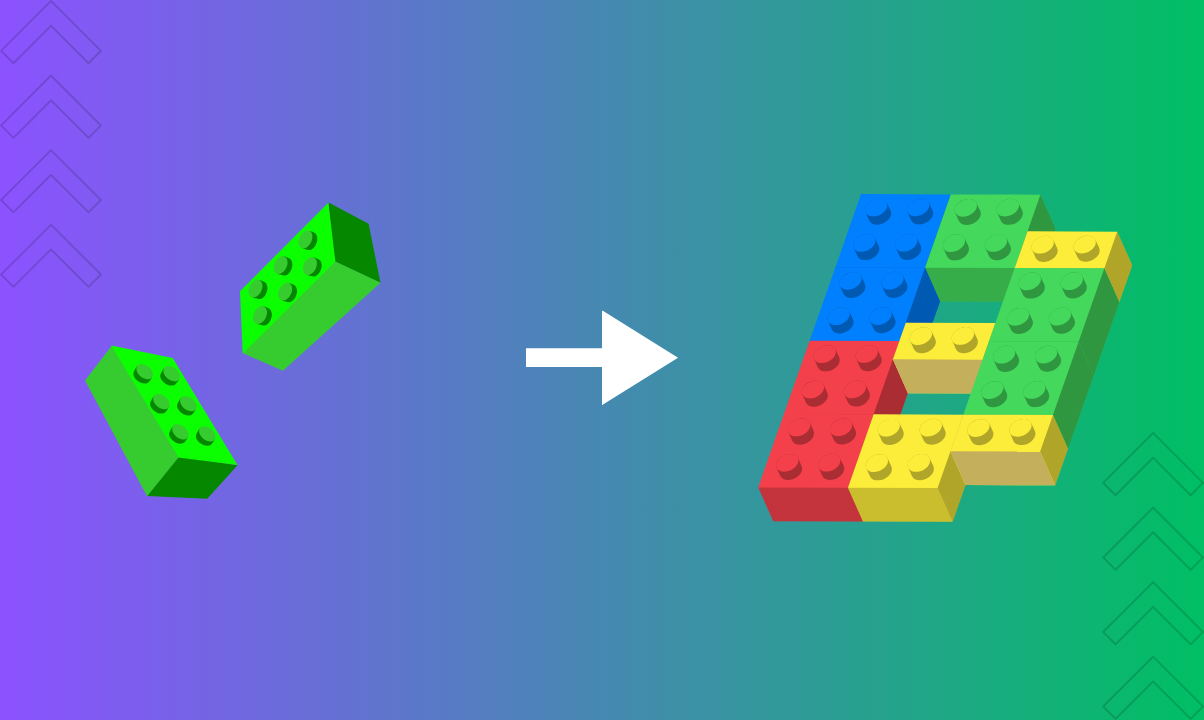

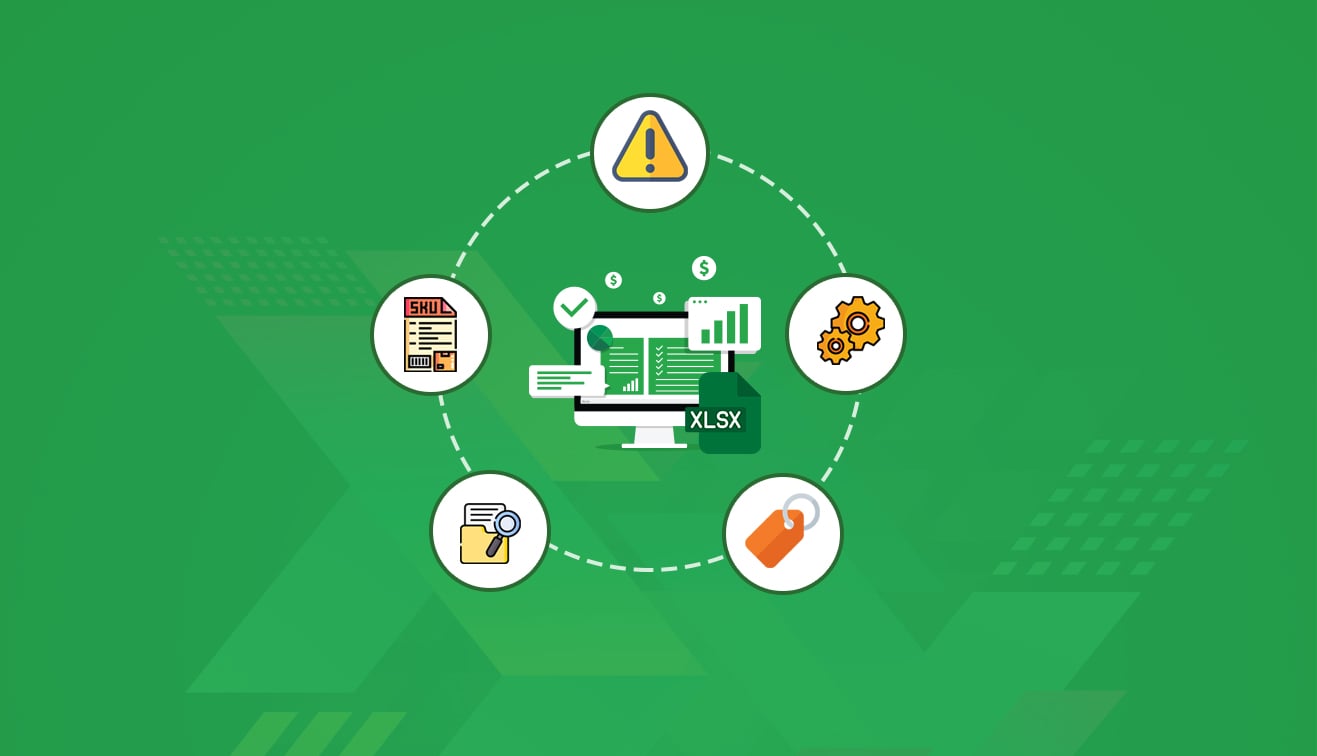
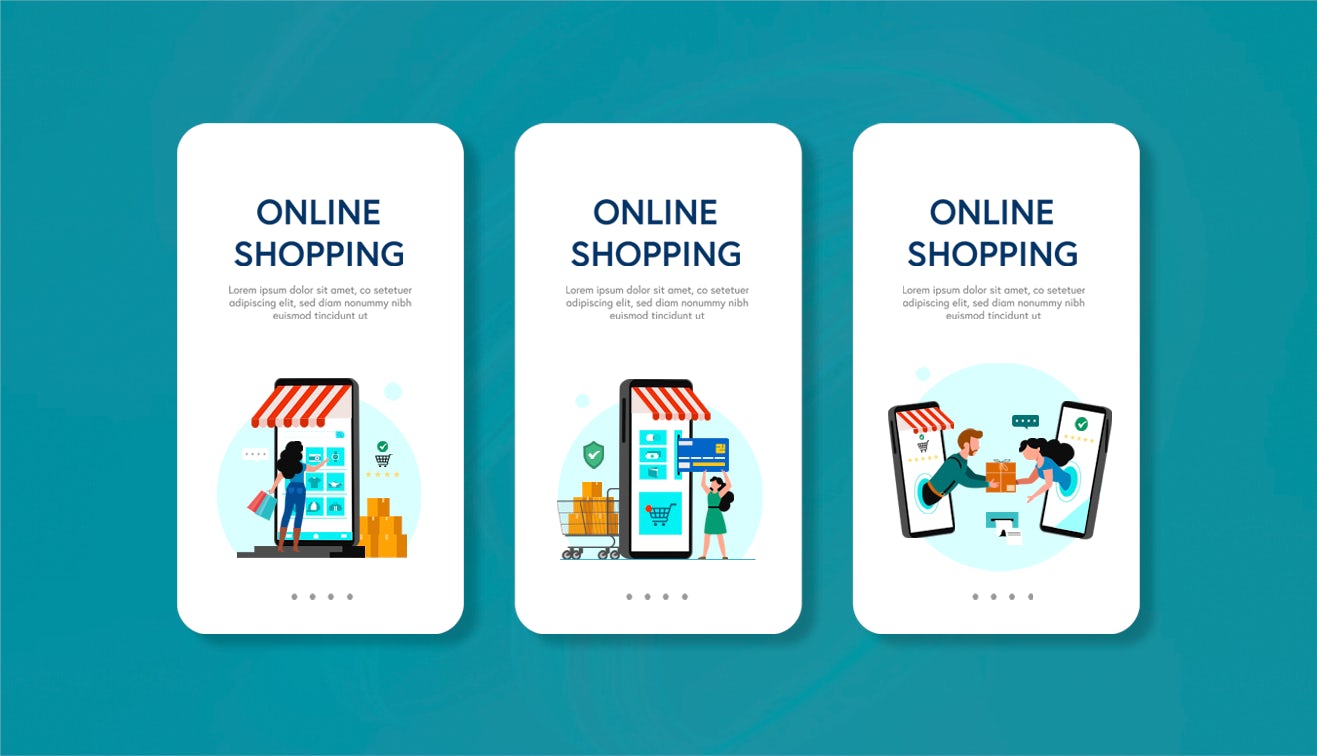

.jpg?w=3840&q=75)
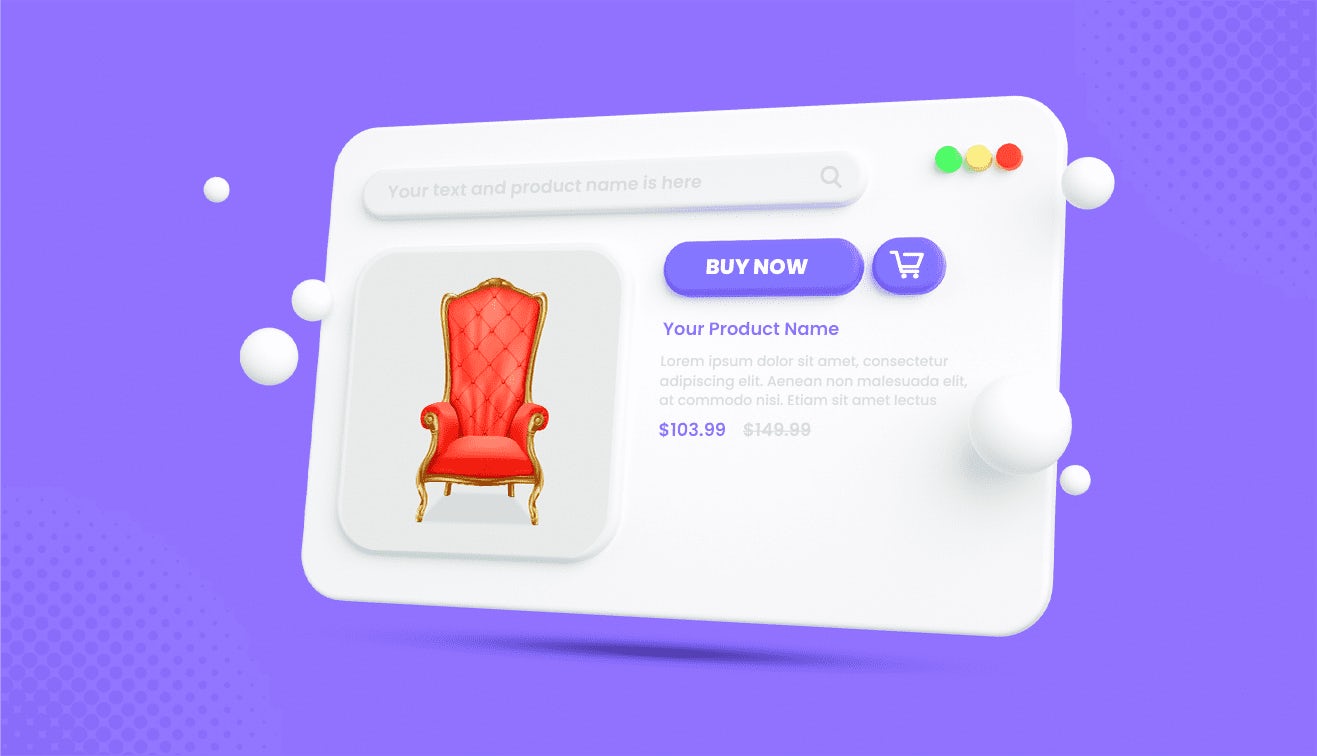

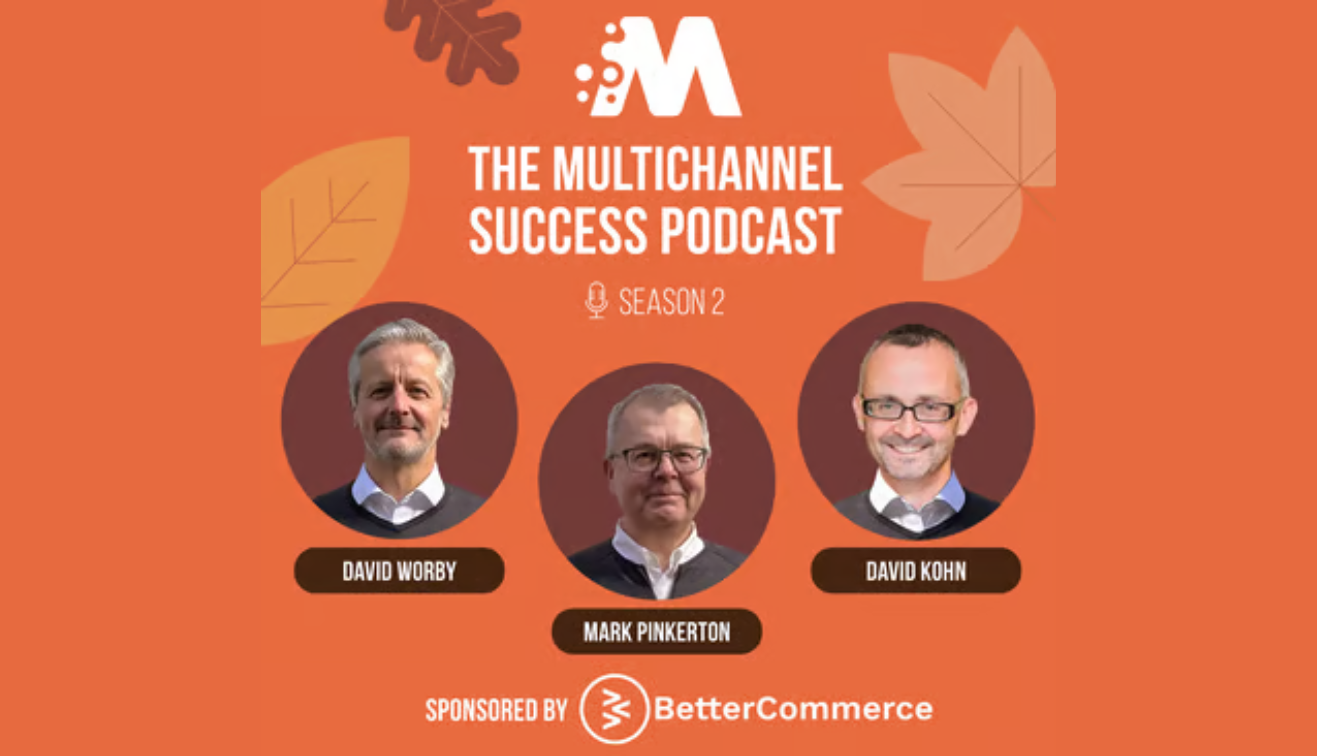
.jpg?w=3840&q=75)
